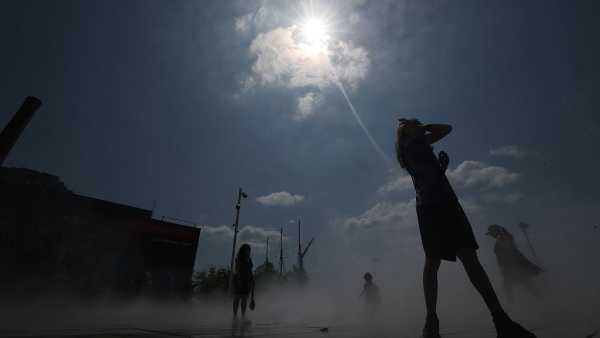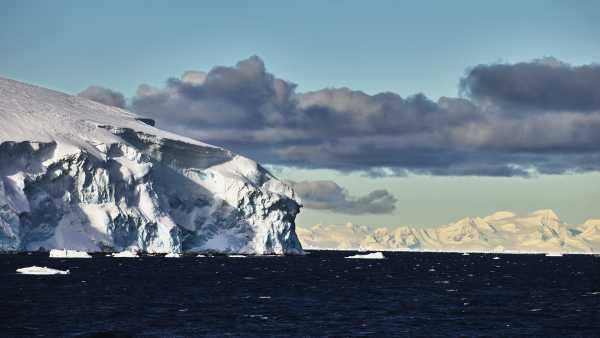
A review shows that five major polar geoengineering projects are not feasible in the coming decades. (Image credit: Thomas Barwick via Getty Images)
Our planet continues to warm due to greenhouse gas emissions from human activities. The polar regions are particularly vulnerable to this warming. Sea ice is already shrinking in both the Arctic and Antarctic. The Greenland and Antarctic ice sheets are melting, and both polar regions are experiencing dramatic changes.
These changes have profound implications for society, causing rising sea levels, changes in ocean circulation, and extreme climate events. They also have significant impacts on polar ecosystems, including polar bears and emperor penguins, which have become symbols of the effects of climate change.
The most effective way to mitigate these changes and reduce the risk of widespread impacts is to reduce greenhouse gas emissions. However, decarbonisation is slow, with current projections suggesting a temperature increase of around 3°C by 2100.
You may like
-
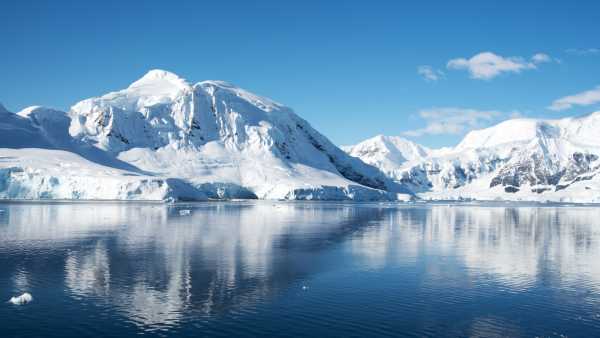
Drastic changes happening in Antarctica 'will impact the world for generations to come'
-

In just three years, we will reach a critical climate threshold. Can we reverse course?
-
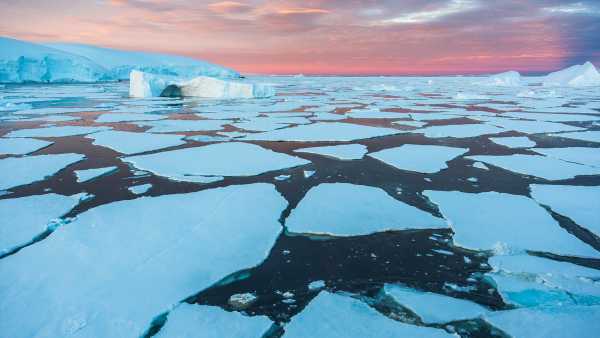
Antarctica's Sea Ice Collapse Linked to Mysterious Ocean Salt Level Jump
Given the expected changes and the importance of the polar regions to the health of the planet, some scientists and engineers have proposed technological approaches known as geoengineering to soften the blow to the Arctic and Antarctic.
In a study published today in Frontiers in Science, my colleagues and I evaluated five of the most mature geoengineering concepts being considered for the polar regions. We concluded that none of them should be pursued in the coming decades. They are extremely unlikely to mitigate global warming in the polar regions, and are likely to have serious negative and unintended consequences.
What is polar geoengineering?
Geoengineering covers a wide range of ideas for deliberate, large-scale attempts to alter the Earth's climate. Two of the broadest classes include removing carbon dioxide from the atmosphere and increasing the amount of sunlight reflected back into space (called solar radiation modification).
For the polar regions, here are the five most developed concepts.
Stratospheric aerosol injection is a solar radiation modification technique that involves introducing smaller particles (such as sulfur dioxide or titanium dioxide) into the stratosphere to reflect sunlight back into space. The focus here is on the polar regions.
Sea curtains are flexible floating structures anchored to the seabed at depths of 700 to 1,000 m and rising 150 to 500 m. Their purpose is to prevent warm ocean water from reaching and melting ice shelves (floating areas of ice that slow the movement of ice from Greenland and Antarctica into the ocean) and ice sheet abutments (where land, ice sheets, and ocean meet).
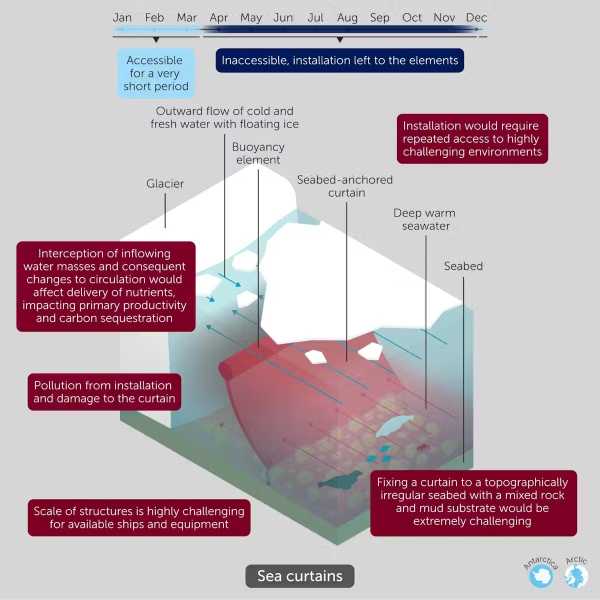
Sea curtains are flexible floating structures anchored to the seabed at depths of 700 to 1000 m and rising to a height of 150 to 500 m.
Sea ice management involves two concepts. The first involves scattering glass microbeads on fresh Arctic ice to increase its reflectivity and extend its life. The second involves pumping seawater onto the surface of the sea ice, where it freezes to increase its thickness, or into the air to create snow, with the same effect, using wind pumps.
The outflow of water from the glacier's surface is directed into ice streams located on the Antarctic and Greenland ice sheets. These streams are fast-moving rivers of ice that flow towards the coast, where they can flow into the ocean and raise its level. The water at their base acts as a lubricant. This concept involves pumping water from their base to increase friction and slow the flow. This concept is thought to be particularly relevant in Antarctica, where surface melting is much weaker than in Greenland, and so melting occurs mainly at the base of the ice sheet rather than on its surface.
Ocean fertilization involves adding nutrients like iron to polar oceans to stimulate the growth of phytoplankton. These tiny creatures absorb carbon dioxide from the atmosphere, which accumulates in the deep ocean after they die and sink.
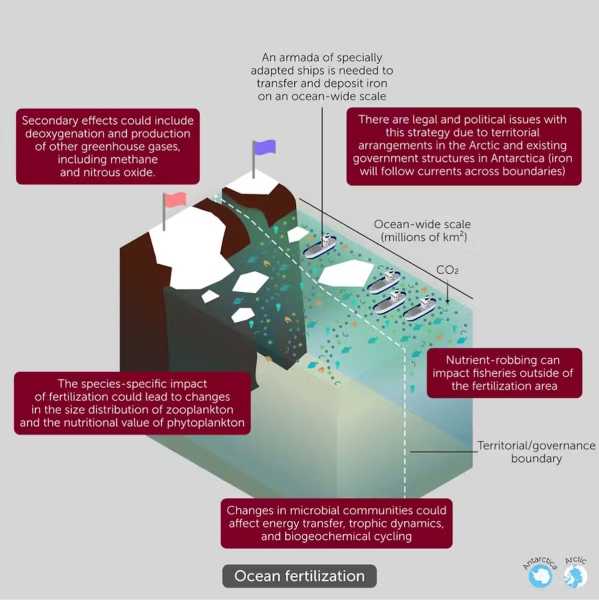
Ocean fertilization aims to stimulate phytoplankton growth. The risk of false hope
In our study, we assessed each of these concepts against six criteria, including scale of implementation, feasibility, financial costs, effectiveness, environmental risks, and management complexity.
This framework offers an objective way to evaluate all such concepts on their merits.
None of the proposed polar geoengineering concepts have been tested for viability in the coming decades. The criteria we used show that each of the concepts faces numerous difficulties.
For example, to cover 10% of the Arctic Ocean with frozen seawater pumps for ten years would require installing one million pumps per year. The estimated cost of sea curtains ($1 billion per kilometre) is 6 to 25 times less than similar-sized projects in simpler settings, such as the Thames Barrier near London.
One project to apply glass microbeads to ice was also shut down due to environmental risks. At the last meeting, most of the Antarctic Treaty Consultative Parties made it clear that geoengineering work in the region was not advisable.
RELATED STORIES
—Geoengineering: Can we control the weather?
— Scientists say that spraying diamond dust into the sky could reverse almost all of the climate change that has occurred to date, but it would cost $175 trillion.
—New technologies help restore Arctic sea ice
Polar geoengineering proposals raise false hopes of preventing some of the catastrophic consequences of climate change without rapidly reducing greenhouse gas emissions.
They risk creating complacency about the urgency of reaching net-zero emissions by 2050, or could be used by powerful actors as a pretext to justify further emissions.
The climate crisis is a crisis. In the time available, efforts are best directed towards decarbonization. The benefits can be realized in the near future.
This edited article is republished from The Conversation under a Creative Commons license. Read the original article.
Stephen Chown, Director of the Securing Antarctica Green Future Programme, Professor of Biological Sciences, Monash University
Stephen Chown is Professor of Biological Sciences at Monash University in Melbourne, Australia, and Director of Securing Antarctica's Environmental Future, a special research initiative of the Australian Research Council. His research focuses on spatio-temporal changes in biodiversity and the impacts of environmental change on conservation. He has worked in Australia, Africa, the Pacific, the UK and the wider Antarctic region, where he has over 30 years of field experience.
You must verify your public display name before commenting.
Please log out and log back in. You will then be prompted to enter a display name.
Exit Read more
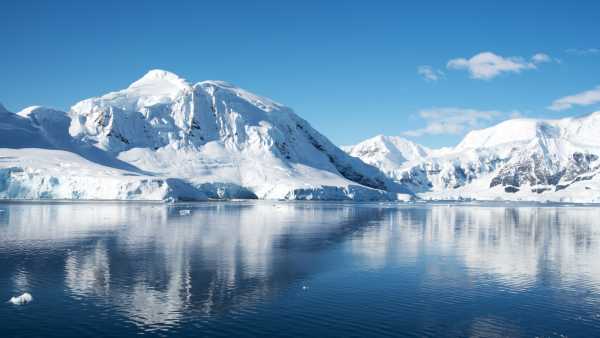
Drastic changes happening in Antarctica 'will impact the world for generations to come'

In just three years, we will reach a critical climate threshold. Can we reverse course?
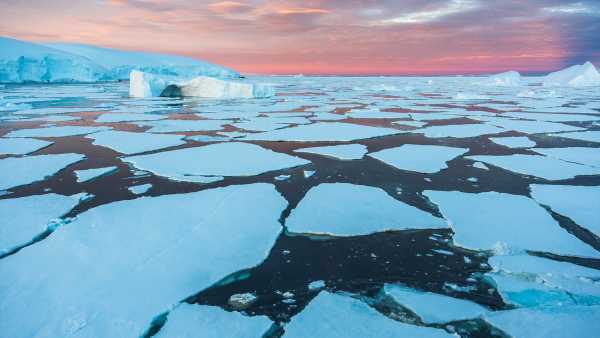
Antarctica's Sea Ice Collapse Linked to Mysterious Ocean Salt Level Jump
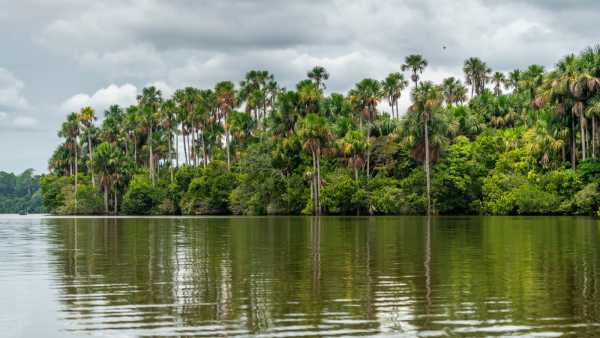
Amazon Peatlands Stop Absorbing Carbon. What Does That Mean?

Humanity could be just three years away from climate change tipping point, report warns
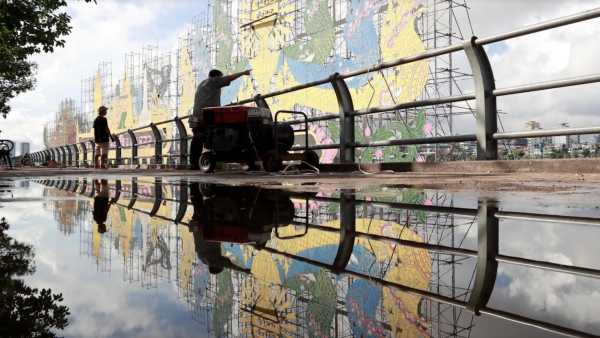
The study found that new, previously unseen, man-made seasons appear to be developing on Earth.
Latest news on climate change
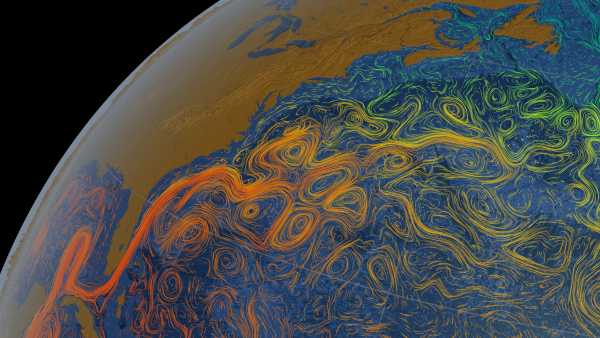
A new study has found that a key Atlantic current could begin to weaken as early as 2055.
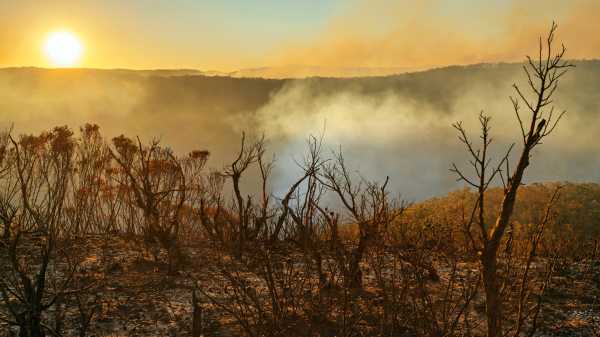
'Like a creeping mold spreading across the landscape': study finds isolated arid areas around the world are coalescing into 'mega-arid' regions at alarming rates
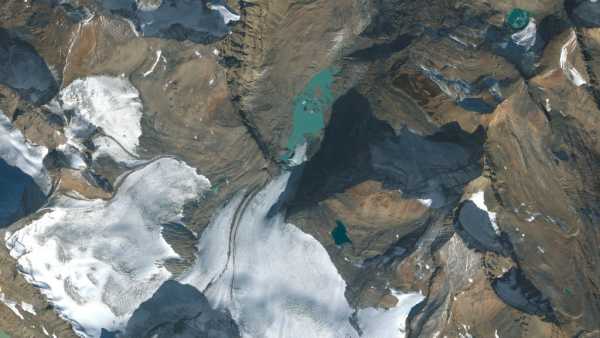
Glaciers in North America and Europe have lost “unprecedented” amounts of ice in the past four years.
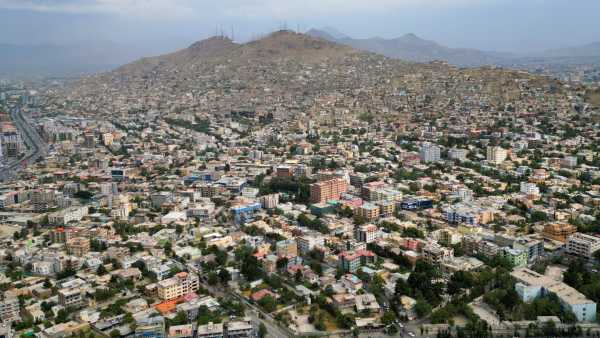
Kabul Could Become the First Modern Capital to Run Out of Water — Here's Why

The study found that new, previously unseen, man-made seasons appear to be developing on Earth.
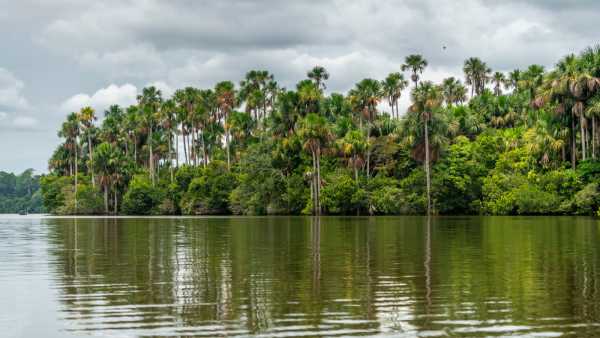
Amazon Peatlands Stop Absorbing Carbon. What Does That Mean?
Latest opinions
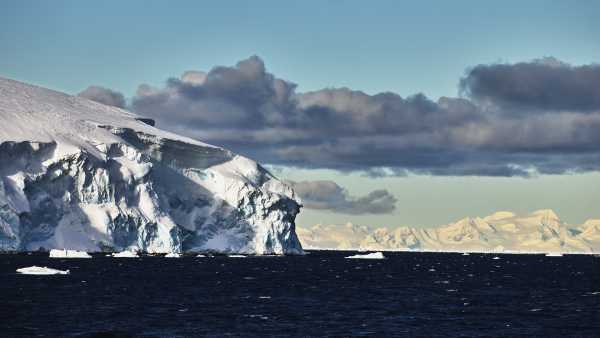
'Serious Negative and Unintended Consequences': Polar Geoengineering Is Not the Answer to Climate Change

Robert Kennedy Jr. Wants to Reform the Nation's 'Vaccine Court.' Here's What's Stopping Him

Dissecting (many) false claims by RFK Jr. about COVID vaccines

Scientific objectivity is a myth. Here's why
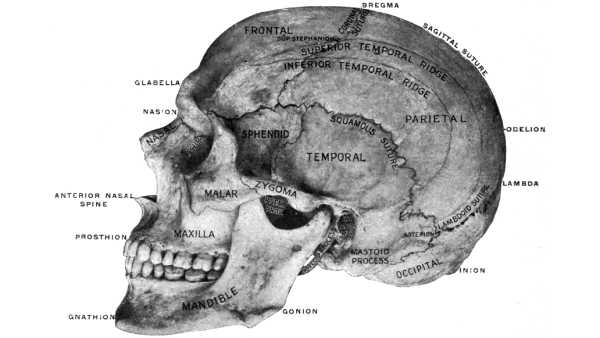
How a racist skull study captured Victorian Britain's scientists
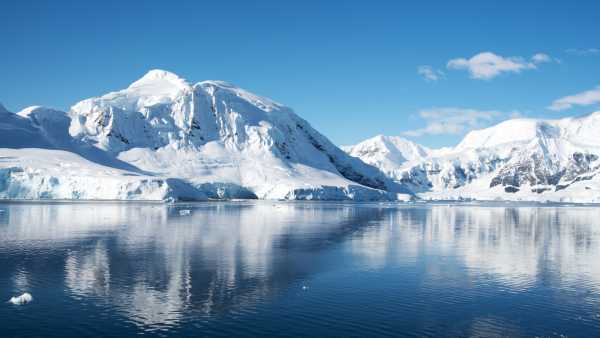
Drastic changes happening in Antarctica 'will impact the world for generations to come'
LATEST ARTICLES

1A breakthrough in electronics means our devices will one day stop generating heat, scientists say.
Live Science is part of Future US Inc., an international media group and leading digital publisher. Visit our corporate website.
- About Us
- Contact Future experts
- Terms and Conditions
- Privacy Policy
- Cookie Policy
- Accessibility Statement
- Advertise with us
- Web Notifications
- Career
- Editorial Standards
- How to present history to us
© Future US, Inc. Full 7th Floor, 130 West 42nd Street, New York, NY 10036.
var dfp_config = { “site_platform”: “vanilla”, “keywords”: “type_opinion,type-crosspost,exclude-from-syndication,serversidehawk,videoarticle,van-enable-adviser-
Sourse: www.livescience.com


